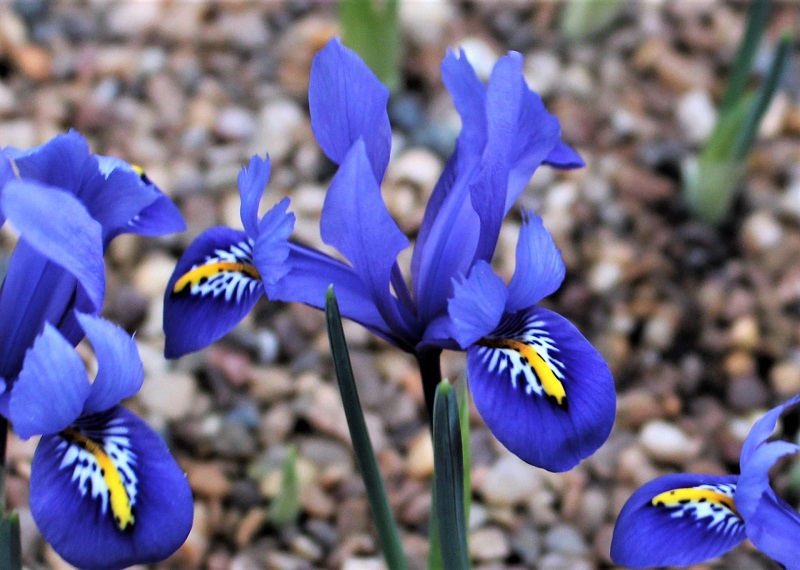FEBRUARY
The warm weather of late January is confusing for plants (and gardeners). But don’t let your guard down – before the real spring arrives, and even after, sharp frosts can still be expected.
This month there’s still plenty to be done before the new season really gets under way. Planting of bare-rooted trees and shrubs, as well as pruning, need to be fitted in before plants come into life, but not when it’s frosty.
Click on any picture or text link for more info
Cut back summer flowering clematis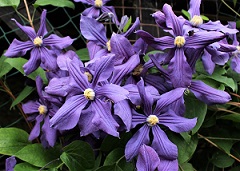 to healthy buds 6-12 inches (15-30 cm) above the ground.
to healthy buds 6-12 inches (15-30 cm) above the ground.
This may seem drastic, but is essential to promote strong new growth that will produce this year’s flowers.
Cut back Winter flowering jasmine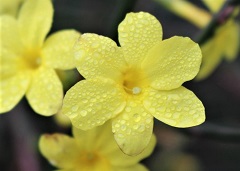
as soon as the flowers go over. This will keep it in shape, whilst giving plenty of time for strong new shoots to develop that will produce next year’s flowers.
Cut back deciduous ornamental grasses 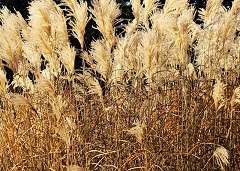 and herbaceous perennials left for winter interest or to provide seed for birds in late February or early March – leaving it too late will damage the new shoots starting to emerge.
and herbaceous perennials left for winter interest or to provide seed for birds in late February or early March – leaving it too late will damage the new shoots starting to emerge.
Evergreen grasses just need tidying up, combing out any dead material.
Large flowered clematis that bloom May-June, 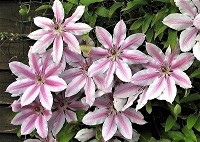 by contrast, flower from buds already there on last year’s growth.
by contrast, flower from buds already there on last year’s growth.
So limit any pruning to trimming back stem ends killed off over winter: work down each stem from the top, cutting back to just above the highest healthy bud. Any lower will be cutting off buds of this year’s flowers.
Drifts of snowdrops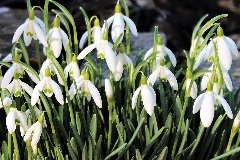 are the quintessential harbingers of spring. Increase them by dividing “in the green” as the flowers fade, as shown in this RHS video.
are the quintessential harbingers of spring. Increase them by dividing “in the green” as the flowers fade, as shown in this RHS video.
It is notoriously difficult to grow them by planting bulbs.
Encourage gladioli corms to sprout by putting them in a light, warm spot (around 10°C), before you get to planting them out in the spring.
by putting them in a light, warm spot (around 10°C), before you get to planting them out in the spring.
This will give an earlier display.
Start stored dahlia tubers into growth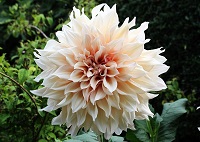 Put them in a warm, light place, barely covered with compost, to encourage them to sprout, before taking cuttings and/or potting up the tubers.
Put them in a warm, light place, barely covered with compost, to encourage them to sprout, before taking cuttings and/or potting up the tubers.
If you don’t have a warm greenhouse or conservatory, delay this until March.
Keep misting cuttings with water using a spray bottle to stop them drying out.
Remove any reverted green shoots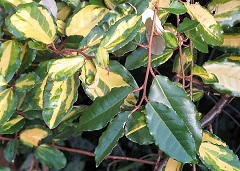 on hardy variegated evergreens, such as Eleagnus, otherwise the more vigorous green growth will go on to dominate the variegated foliage, eventually replacing it.
on hardy variegated evergreens, such as Eleagnus, otherwise the more vigorous green growth will go on to dominate the variegated foliage, eventually replacing it.
Get your lawn mower ready for the new season with its annual service.
Use time when you can’t work on the garden to overhaul your garden tools, sharpening & cleaning, and oiling wooden handles.
Cut deciduous hedges, if not done already, to avoid disturbing birds that will be nesting from next month.
Also, check whether any of the items from January still need attention.
Wildlife in the garden
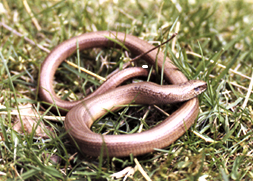
Slow Worm
You may well come across this friend in the garden later this month

Butterflies & Moths
Where do they go
in winter?
Click to find out.
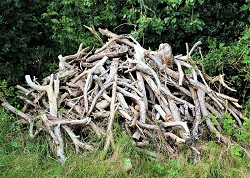
Use Old Wood to Benefit Wildlife
A feature in an odd corner that will welcome a wide variety of life.
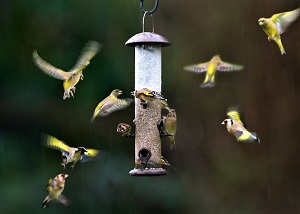
Wildlife Gardening
Top Ten Tips
all explained by
Sussex Wildlife Trust
Click any day below for a more detailed weather forecast, which also looks further ahead

